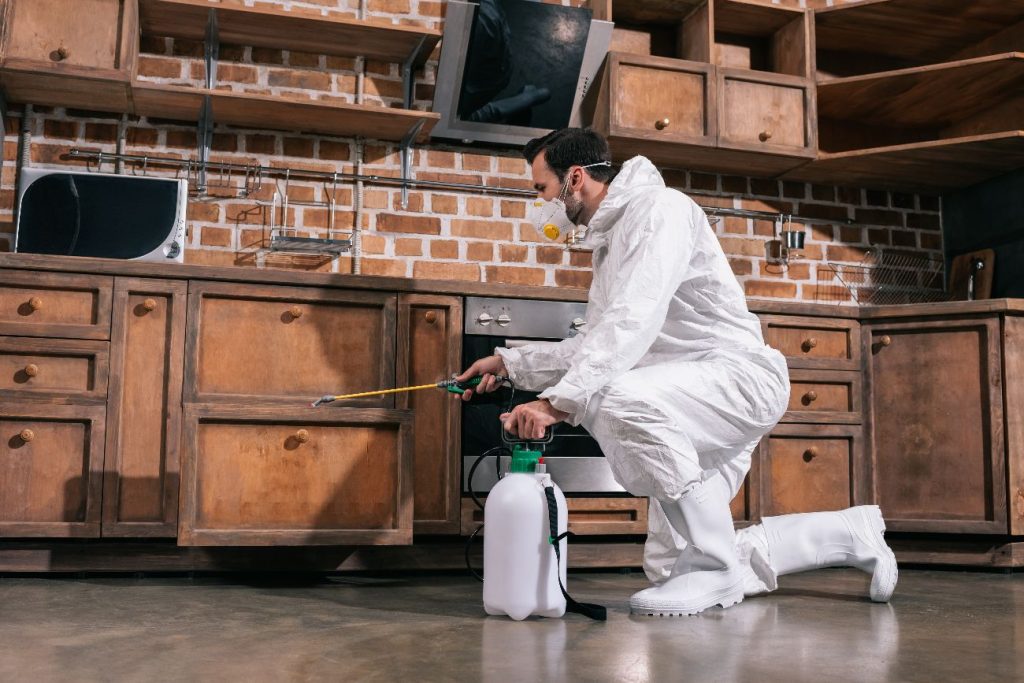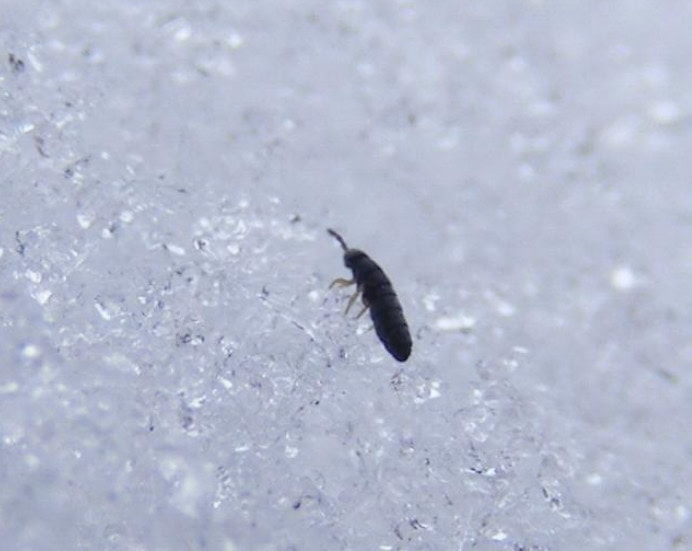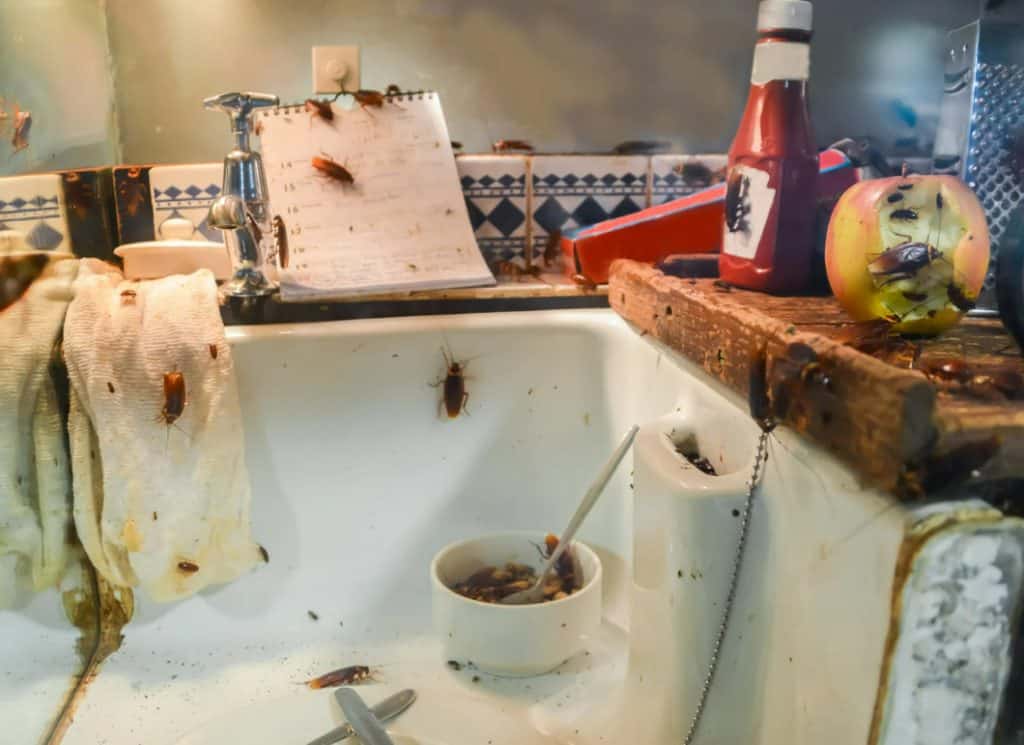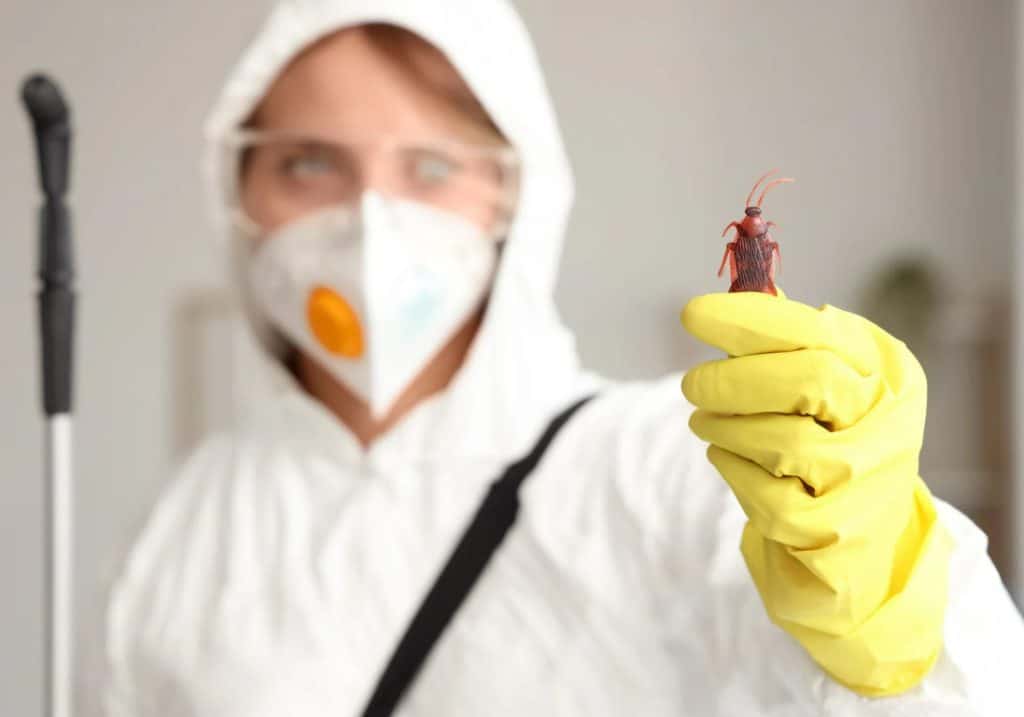Facts, Identification & Control
No prizes for guessing what little black ants look like. As their name suggests, these are small ants around 1/16 of an inch (1.5 to 2 mm) long and are black in color. Thanks to their size, they are often mistaken for Pharaoh ants, but their black color distinguishes them from the yellowish-red of the Pharaoh ant.
These common ants are found throughout the US, particularly in the East. However, they also found in the southern half of California and in the San Francisco Bay area.
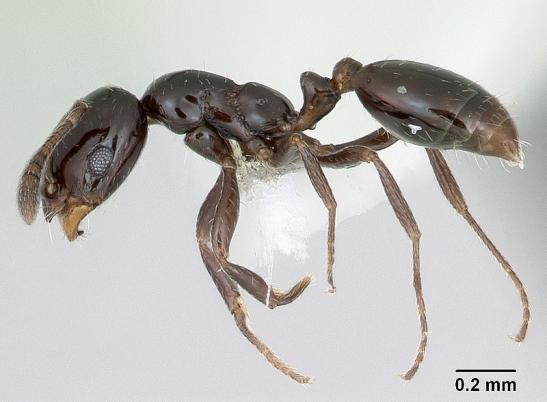
Monomorium minimum
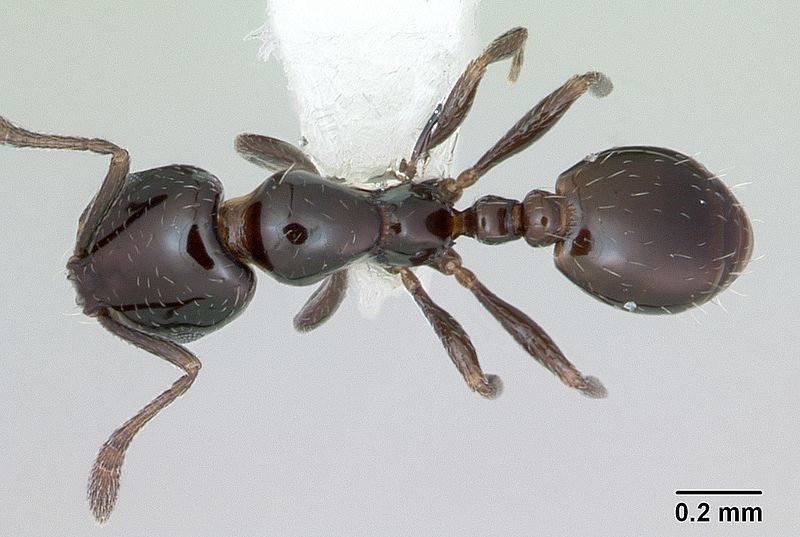

Identification & Characteristics
- Other Names: sugar ants, grease ants
- Odor: none
- Color: black
- Size: 1/16 of an inch long
- Legs: 6
- Antennae: yes, 12 segments with a 3-segmented club at the end
- Shape: Three distinct body segments within an evenly rounded thorax and two nodes between thorax and abdomen.

Habitat
Little Black ants can live both indoors and outdoors and prefer dark and inaccessible places to make their nests. They are often seen foraging for food both inside and outside buildings. The ants will follow pheromone trails to guide them toward food sources, and these trails are often the first indication of the presence of little black ants.
Inside the house, nests are located in woodwork, wall voids, decaying wood, and masonry. Outside, the ants can often be found in soil and rotten wood. They often nest under stones and rocks or piles of bricks or lumber. Rotting fence posts and logs also make good nest sites for Little Black ants.

Behavior
Little Black ants are opportunistic scavengers that will feed on a wide range of food. Grease, oil, meat, fruit, vegetables, and sweets are all on the menu for these tiny ants. They will also feed on other insects, and like many ants, have a particular liking for the honeydew secreted by aphids. Little Black ants will guard aphid colonies to protect this important food source. Often, little black ants come indoors after rain because the honeydew washes off the plants outside, making it necessary for them to seek out new food sources.
Like most ant species, Little Black ants bring food back to the colony and feed it to the larvae and queen. They practice a distinct division of labor to keep the colony functioning. Foraging adults only make up a small percentage of the total population of the colony. The adult ants are dependent on the larvae, just as the larvae are dependent on the adults. For that reason, the best way to get rid of these ants is to directly target the nest.

Reproduction
Little black ants are polygynous, meaning a nest has more than one queen. Ordinarily, the queens are the only members of the colony capable of reproduction. However, in summer, a mature colony will begin producing winged reproductive ants that can be either male or female. These winged reproductives take part in a nuptial flight and mate in the air. After mating, the males soon die, and the mated females fly off to found nests of their own.
Once a queen establishes a nest, she will begin producing eggs. Typical Black Ant colonies number a few thousand individuals. Similar to Fire ants, Little Black Ants go through a complete metamorphosis in their lifecycle, from egg to larva to adult. It takes around one month for an egg to grow to adulthood, at which time it will either begin foraging for food to support the colony or else help look after the larvae and maintain the nest.

Danger?
Little Black ants are not a significant vector of disease. And while they have stingers, they are only used on prey or in battles with other ants. Little Black ants are too small to sting humans or pets and are incapable of causing structural damage, but they will sometimes excavate already rotten wood to build a nest. Mostly, they are just a nuisance.

Signs of an Little Black Ants Infestation
Because of their small size and secretive habits, these ants can be hard to spot at first. Usually, the only way to know you have a problem is to spot the ants themselves. You may find them moving in trails through your kitchen or bathroom. You may even see them entering a crack in a wall or a gap in a baseboard as they come and go from the nest.

Controlling Little Black Ants
The quickest and most effective way to get rid of Little Black ants is to destroy the nest. Targeting the nest directly with a residual pesticide will destroy the queens and the brood, breaking the lifecycle of the colony. The residual pesticide will also keep killing ants that come into contact with it even after it has dried. Because little black ants often nest in hidden and inaccessible areas, residual pesticides can be safely used to control them.
Recommended Product: Suspend Polyzone Insecticide
However, because of their secretive nature, it is often impossible to find an indoor nest of Little Black ants. In these situations, the best tactic is usually to use a poison bait that the ants will bring back to the colony themselves. Although baiting takes longer than treating the nest directly, it is a safe and effective way to deal with an ant colony when you can’t locate the nest.
Outdoor Control
Outdoors, you can use pesticides such as Suspend or Demon to soak the soil or wood where little black ants are nesting to destroy the colony. These pesticides have a powerful residual effect and will continue to kill ants even after they are dry. Note that you will need a sprayer in order to apply these products.
Spray Outdoor Perimeter
You can help to protect your home from little black ant infestation by using residual pesticide to spray around the outside of the building. Spray all the way around the house, creating a band of pesticide around three feet high on the wall and 3 to 6 feet out into the surrounding soil. Pay special attention to areas where ants are likely to get inside, such as cracks in the foundation or places where pipes enter the house.

Best Products to Get Rid of Little Black Ants
Inside the House:
Indoors, if you can find where the ants are nesting, you can treat the colony directly to achieve the quickest control possible. Foaming pesticides can be great for wall voids, since you can inject the pesticide and let it expand to fill the void. Dusts and powders can also be very effective inside wall voids, since they will stay active for a very long time. In this way, they not only killed the nest but also prevent any new nests from being established.
Recommended Bait Types:
Recommended Foam: Ortho Home Defense Insect Killer
Recommended Dust: Terro T600 Ant Dust
Ant Bait Stations:
Ant bait stations are a great choice to use when you’re not sure where the nest is located. By combining a stomach poison with attractant bait, bait stations cause the ants to bring the poison back to the colony themselves. While this can take some time, it ensures that the poison spreads through the colony and kills all the ants.
Also, bait stations keep things neat by storing the ant bait inside plastic containers. This helps reduce spills and also ensures that pets or young children can’t access the bait.
For more information on ant bait stations click here to see our full Ant Traps and Bait Stations Review.
Recommended Ant Bait Station: Maxforce FC Ant Bait Stations
Best Products for Outside the House:
Outdoors, direct pesticide treatment is the best way to kill a colony of Little Black ants. Make sure to soak the soil or wood where the ants are living using a sprayer. Choose a residual pesticide that will continue to kill ants that attempt to recolonize the area.
You can also use these products to create a barrier around your house. Even after the pesticide dries, the barrier will repel any ants trying to enter and kill any that cross it.
Recommended Residual Pesticides: Suspend Polyzone Insecticide and Demand CS

Preventing Little Black Ant Infestations
- Use weatherproof silicone caulk to seal up gaps and cracks in the exterior of your house and prevent ants from getting inside. Look for cracks in the foundation, gaps where water and gas pipes enter, dryer vents, and air conditioning conduits.
- Cut back branches that come into contact with the house. Ants can use these as a highway to get inside.
- Remove any areas of rotten or water damaged wood. Little Black ants like to build nests in these areas.
- Inside, store all food in sealed containers such as Tupperware or glass. This will ensure ants can’t reach your food.
- Perform a regular exterior spray of your house to keep ants and other bugs from Check inside your home for water leaks and areas of water damage where ants could nest.

